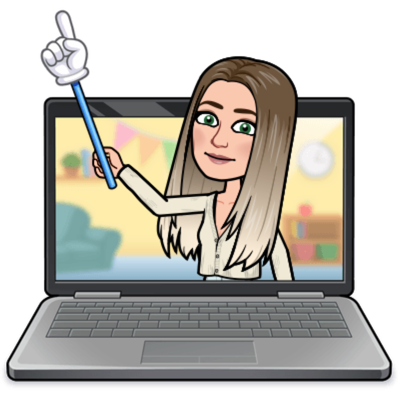Reflection on Feedback and Overall Accessibility
Arkin and I continue our course prototype work toward our Arts Education lesson for our Grade 7 class, which ultimately involves having our students create a radio play.
Our course prototype design combines in-class instruction with digital components constructed with Lumi to contribute to an engaging and interactive introductory digital lesson for our students.
We presented our course shell to our class colleagues through Microsoft Word. We included our ADDIE to provide our reviewers with a detailed class description, EAL considerations, and a complete unit outline. We followed the ADDIE with our introductory lesson to Radio Plays (PowerPoint) and detailed modules (Curricular Outcomes, Activity Links, and Schedule) created by both of us. Finally, we concluded our shell by sharing our grading scale for reference. Although our course shell was not presented in a traditional Learning Management System (LMS) yet, we felt the organization and format we provided our reviewers with were sufficient for this first module. As we are both employees of the Regina Catholic School Division, we are working toward a finalized LMS created on Microsoft Teams…stay tuned!
The feedback we received from our colleagues during our Week 7 class and through the feedback comments was overwhelmingly positive and appreciated. Some of the commonalities among the feedback were well-constructed, easy to follow and use, student-centered, and age appropriate.

Because we hosted our course shell through the Microsoft Word document, it was suggested that we should have provided a bit of rationale and our ‘why’ for choosing to do so. It was also noted that although we used Microsoft Word, the document was clear, accessible, and appeared professional and polished. Another suggestion provided was to further our course interactions within the prototype. We acknowledge that we must further detail the SeeSaw and Teams interactions and further distinguish and outline classroom versus online interactions.
Some of the feedback we received regarding our course content is that the modules provide opportunities for differentiation and options for students. However, one of our Lumi modules presented challenges when our reviewers attempted to engage with the interactions based on the timing. The open-ended interactions didn’t allow the reviewer to type into the answer box. Something we will look at getting fixed and improving!
Overall, we are pleased to hear that our module was clear, considerate of the students we teach (as outlined in our ADDIE), and engaging for our learners. We will certainly take the feedback of fine-tuning some of our elements to improve our module.

When thinking about accessibility, we were cognizant of creating a course that met the needs of our diverse learners and created space for them to succeed. We have a lot of EAL students and designed a course that would both provide language learning opportunities and allow them to use their experience (for example, students do not write their own fairy tales but can use well-known ones or stories from their childhoods). While most of our students have access to technology at home, not everyone does; we created a plan to ensure those students do not miss out on opportunities (we utilized a program that can splice together recordings so students can record their own contributions to the project at school OR on their own time, and gives grace to absences or lack of tech at home; students do not need to be together to record, they need to collaborate when they can!).

Last week’s class had us reflecting on how our course could be adapted so students who are not permitted to use technology at school and/or at home could still meaningfully engage in our module. We are confident that we’ve created a course where the tech enhances the learning experience without being the sole learning provider. For instance, students can still create Foley sounds, show that they can identify spaces for Foley and soundscapes, and learn about radio plays without the technology component, and most importantly, they can still collaborate with their teammates while at school.
It is so nice that the students have the opportunity to splice their recordings together and work on this project at their own convenience (at home or at school) whilst still being part of a group. Thinking of what is happening with education today…. all of our random strike days and removal of lunch supervisions (some students aren’t returning back to school in the afternoons), students may need more opportunities to complete tasks like this on their own.